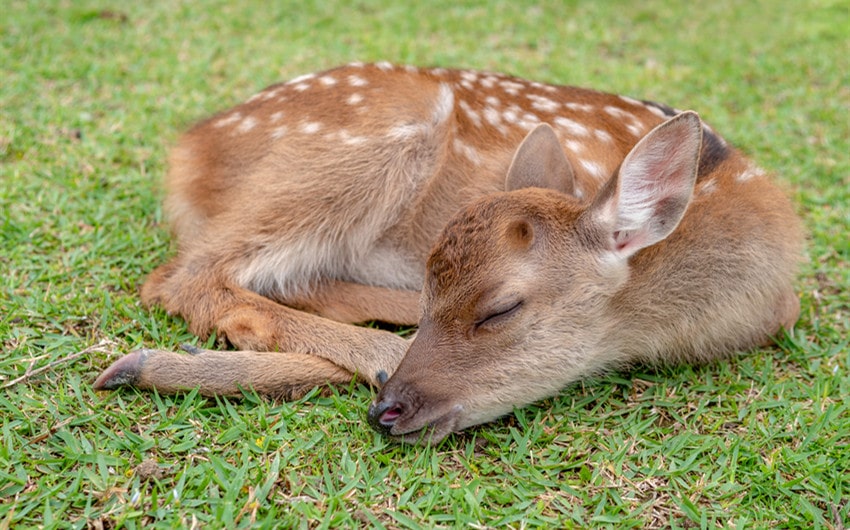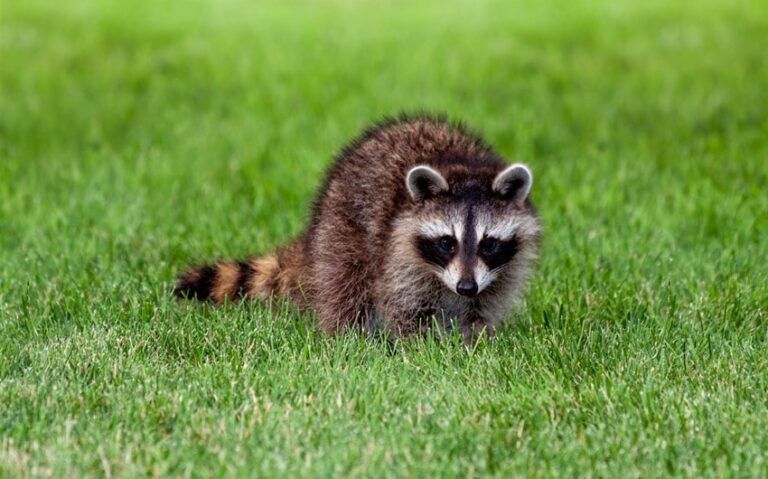Where Do Deer Sleep? The Hidden Habits of a Wild Creature
Have you ever wandered through a quiet forest or watched a clearing at dusk and wondered—where do deer actually go to sleep? These graceful animals seem to vanish at night, but rest is just as essential for them as it is for us. Unlike humans, however, deer don’t tuck themselves into beds or retreat to cozy dens. Their sleep is tactical, cautious, and rooted in centuries of survival instinct.
This article dives into the elusive world of deer slumber—how, where, and when they sleep, and what their habits can teach us about life in the wild.
Do Deer Really Sleep?
Yes, deer do sleep—but not like we do. Deer are light sleepers. Their rest comes in short bursts throughout the day and night, rather than one long stretch. These “micro-naps” typically last only a few minutes at a time, and even during these, a deer’s senses stay sharp. Their large ears continue to twitch at distant sounds, and they often sleep with one eye partially open, scanning for danger.
They never fully let their guard down. Because of their status as prey animals, deer have evolved to sleep in a way that lets them rest while staying alert enough to react to predators instantly. Their light and fragmented sleep cycles are designed for survival first, comfort second.
Where Do Deer Sleep?
Deer don’t have designated “beds” in the way we think of them, but they do choose sleeping spots carefully. These places are called bedding areas, and deer are highly selective when picking them. The ideal location is one that provides three key things: cover, safety, and a fast escape route.
Typical bedding locations include:
- Thick brush and underbrush: Offers concealment from predators and human eyes.
- Tall grass or overgrown fields: Keeps them hidden and insulated from wind and sun.
- Forest edges and transitional zones: Gives them access to both wooded cover and open space to spot threats.
- Under evergreen trees: Provides year-round shelter, especially valuable in winter when deciduous trees lose their leaves.
In colder months, deer may choose south-facing slopes where sunlight warms the ground. In windy conditions, they’ll seek the leeward side of hills to block wind and conserve body heat. These choices aren’t random—they’re deeply rooted in instinct and environmental awareness.
When Do Deer Sleep?
Deer are crepuscular animals, meaning their most active periods are around sunrise and sunset. That leaves the rest of the day and night open for feeding, ruminating (chewing cud), and sleeping.
They typically bed down in the mid-morning, after the first active feeding session, and again in the afternoon. They may also nap intermittently at night between movements. Their schedule is flexible and adapts to seasonal changes, weather conditions, and hunting pressure.
In winter, deer tend to sleep more during the day, using the nighttime for cautious feeding. During hunting season, they often shift their bedding to more secure areas, sometimes going nocturnal to avoid human activity. This adaptability helps them survive in both wild and semi-urban environments.
Do Deer Sleep Alone or in Groups?
It depends on the species and time of year. Whitetail deer, for example, often form small, loosely connected groups. Females with fawns may bed down together in spring and summer. Bucks tend to form bachelor groups outside of the rut (mating season), though they may bed alone during the breeding season.
Even when bedding in groups, deer don’t pile together like some mammals. Instead, they spread out across a small area, each selecting its own spot within sight or sound of the others. This arrangement allows each deer to cover a different direction for predators while still benefiting from the herd’s collective vigilance.
Are Deer Vulnerable While They Sleep?
Yes, and they know it. That’s why deer never fully fall into a deep, unguarded sleep. Their ears remain alert, their noses constantly test the air, and their eyes often remain half-open or flicking around. If a threat is detected—even faintly—they can spring up in seconds and bolt away at high speed.
They also tend to sleep with their legs folded under them in what’s called the sternal position. This posture allows them to rest but also launch upright immediately if startled. In areas with high predator activity—such as wolves, coyotes, or even humans—this constant readiness is key to survival.
Signs a Deer Has Slept Nearby
If you’re hiking or scouting an area and find circular or oval patches of flattened grass, that’s likely a deer bed. These bedding spots are often surrounded by broken twigs, droppings, or hair. If you find multiple beds in one area, you’ve likely discovered a favorite resting site—perhaps used by a small group.
You may also notice trails leading from beds to food or water sources. These “deer highways” are subtle but visible to trained eyes. Finding a bedding area can reveal a lot about local deer movement and behavior—and it’s a thrill to realize how close these animals may have been, completely unnoticed.
What Influences Where Deer Choose to Sleep?
Deer base their sleeping location on a variety of factors, including:
- Predator pressure: If a deer senses danger in one area, it will quickly move to a more secure location—even mid-nap.
- Weather conditions: In cold or windy weather, deer bed down in sheltered spots. In summer, they seek shaded, cooler areas.
- Proximity to food and water: Deer often bed within 200–400 yards of their feeding areas, conserving energy while staying close to resources.
- Terrain: Elevated bedding spots offer a view of surroundings and a downhill escape route.
Their decisions are instinctual, but also smart—based on centuries of evolution that prioritize survival over comfort.
Final Thoughts
Deer sleep carefully, cautiously, and quietly—hidden in plain sight. They don’t need a den or a burrow. All they require is the right mix of cover, comfort, and awareness. Their sleep is a balancing act between vulnerability and vigilance, and it’s a testament to how seamlessly wildlife adapts to its environment.
So the next time you pass through the woods and see a patch of flattened grass, remember: it might not look like much, but to a deer, it’s home. Or at least, it was—for a few careful minutes.

